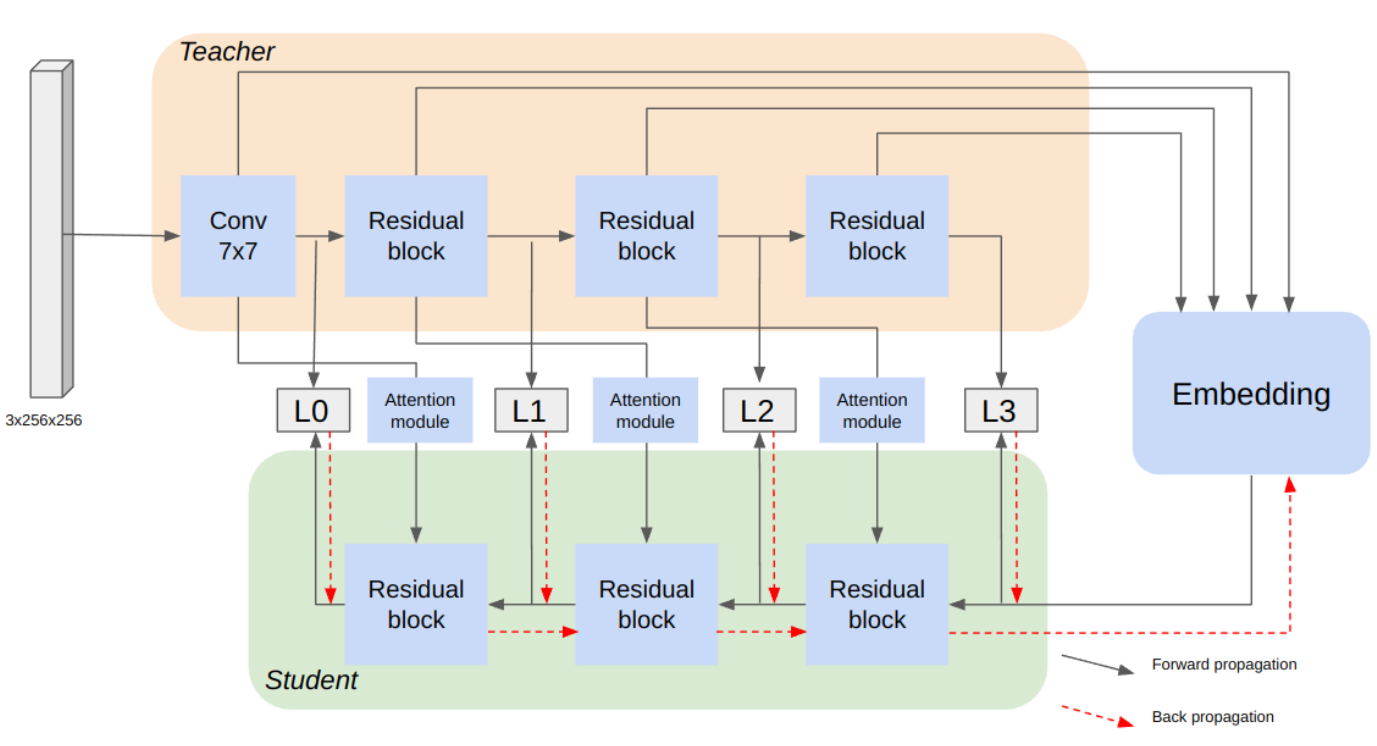Distillation-based fabric anomaly detection
Unsupervised texture anomaly detection has been a concerning topic in a vast amount of industrial processes. Patterned textures inspection, particularly in the context of fabric defect detection, is indeed a widely encountered use case. This task involves handling a diverse spectrum of colors and textile types, encompassing a wide range of fabrics. Given the extensive variability in colors, textures, and defect types, fabric defect detection poses a complex and challenging problem in the field of patterned textures inspection. In this article, we propose a knowledge distillation-based approach tailored specifically for addressing the challenge of unsupervised anomaly detection in textures resembling fabrics. Our method aims to redefine the recently introduced reverse distillation approach, which advocates for an encoder-decoder design to mitigate classifier bias and to prevent the student from reconstructing anomalies. In this study, we present a new reverse distillation technique for the specific task of fabric defect detection. Our approach involves a meticulous design selection that strategically highlights high-level features. To demonstrate the capabilities of our approach both in terms of performance and inference speed, we conducted a series of experiments on multiple texture datasets, including MVTEC AD, AITEX, and TILDA, alongside conducting experiments on a dataset acquired from a textile manufacturing facility. The main contributions of this paper are the following: a robust texture anomaly detector utilizing a reverse knowledge-distillation technique suitable for both anomaly detection and domain generalization and a novel dataset encompassing a diverse range of fabrics and defects.
PDF Abstract



 MVTecAD
MVTecAD